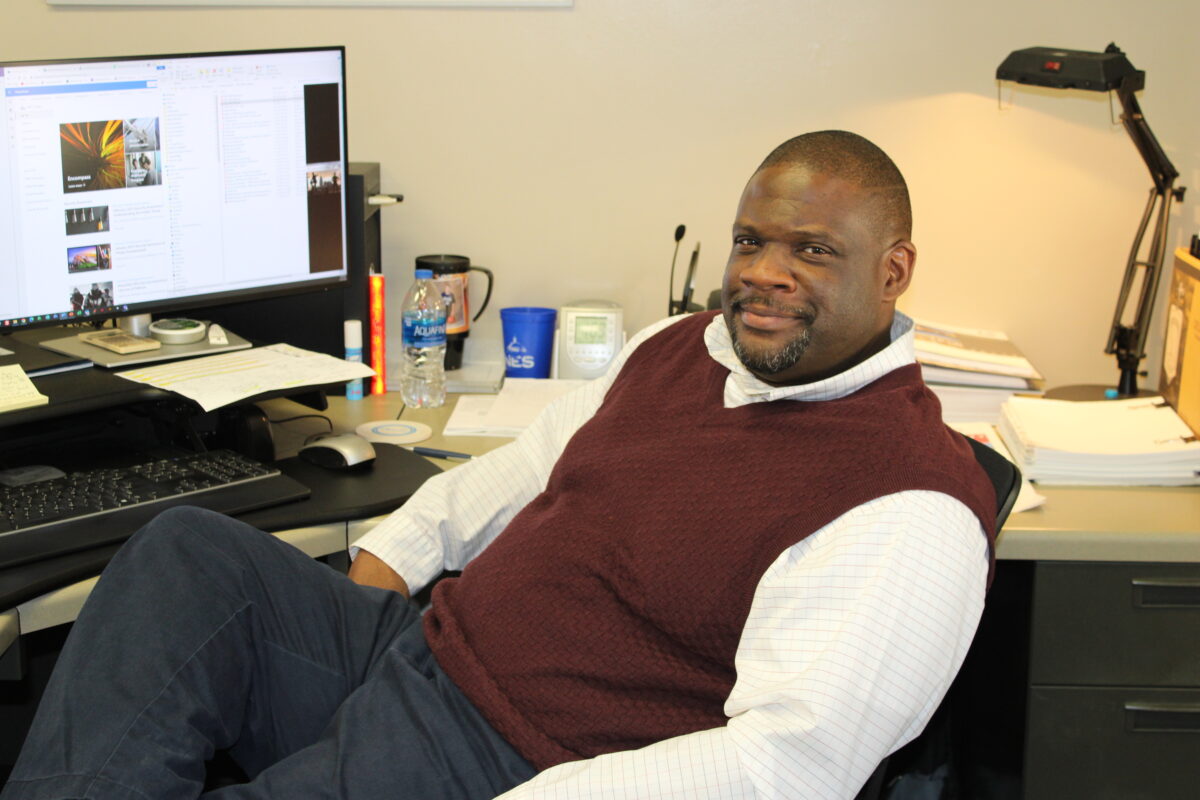Senior Nashville Electric Service (NES) Engineer Cedric Short was recently interviewed by the Tennessee Valley Public Power Association (TVPPA) regarding the new supply chain process NES has implemented to handle supply and demand issues the utility industry is experiencing.
Short says to address those challenges, NES had to take a multi-pronged approach, starting with convening a committee that meets every two weeks. The group analyzes supplies on hand, tracks usage and sets priority standards for using certain equipment in the utility’s reserve.
“We have focused on our strategic reserves,” Short said. “We need to ensure that if there is a storm, we have the stock on hand to restore power as quickly as possible. We have gotten very aggressive about protecting those reserves.”
As the city continues to grow amidst the supply chain shortage, the utility also must work with developers on solutions for new properties that still need power. NES has addressed this by working with builders to establish a “bring your own transformer” policy. NES now allows builders to buy their own transformers for use during construction. Builders can simply purchase a transformer that meets all NES specifications and NES will set it up and connect it to their system.
Another way NES has prepared to handle shortages is by planning ahead for delays and using multiple vendors. When it comes to purchasing transformers, NES taps into a multi-tiered supplier network, buys offshore refurbished transformers from some vendors and places larger orders two to three years in advance. These orders are placed with as many as six to seven top-tier original equipment manufacturer (OEM) suppliers.
“Our first indication of trouble was in mid-2020 when suppliers began missing their shipping deadlines,” said Short. “Typically, we run 12-14 weeks out on orders from our best suppliers; those shipping windows began to creep out to 24-36 weeks. Like everyone else, we chalked it all up to COVID causing delays at first and we weren’t really alarmed. We assumed things would return to normal.”
The next tactic NES uses is the recovery and redeployment of used transformers. By running a geographic information system (GIS) report, NES’ materials review committee can identify transformers that are in place but no longer in use, like those at a closed factory or a temporary transformer that was forgotten. NES design engineering staff has also dug deep into engineering design, looking for opportunities where a variety of transformer configurations and design adaptations can help stretch supplies. Because pad-mounted transformers have been hardest to come by, NES has been using pole- mounted transformers as a stop-gap measure, setting a pole adjacent to a pad and running the lines underground. Another possible solution NES keeps in its toolbox is turtle transformers. These Korean-made transformers originally designed for continuously submerged operations are a robust option for streetlights, traffic lights, outdoor lighting or other unmanned loads.
To read more on NES’ strategic approach to handling supply chain issues, click here.
Tags:
